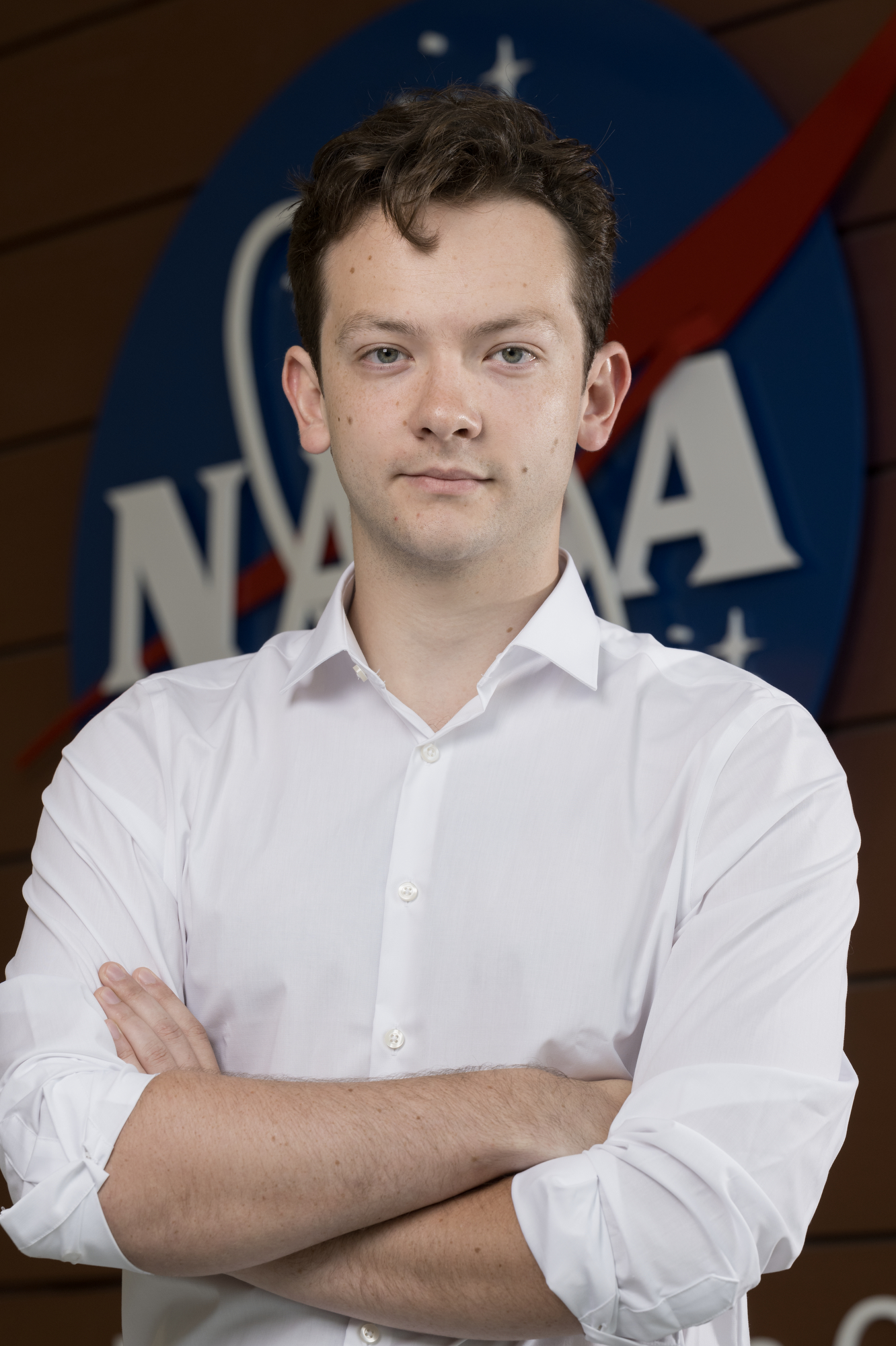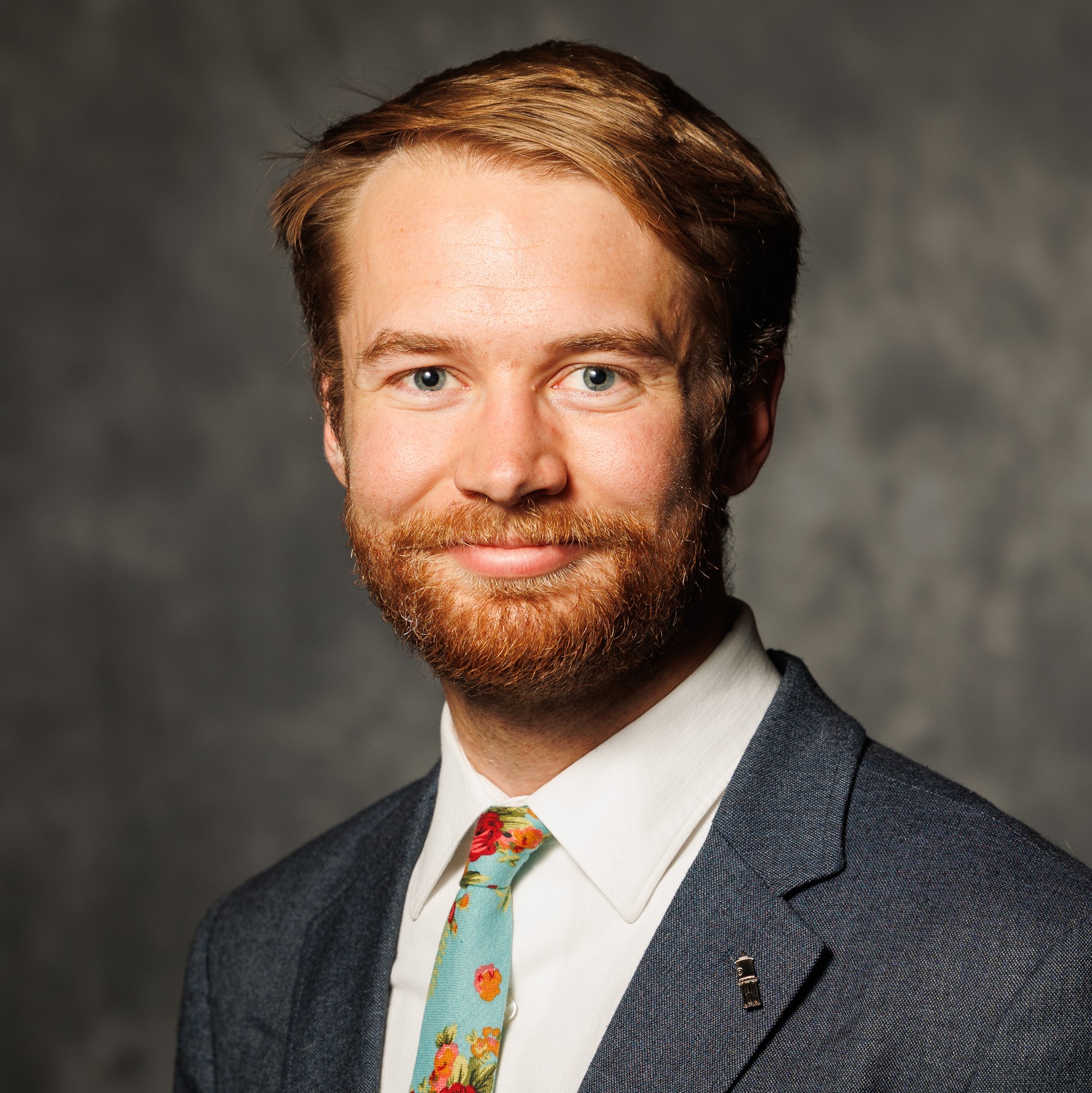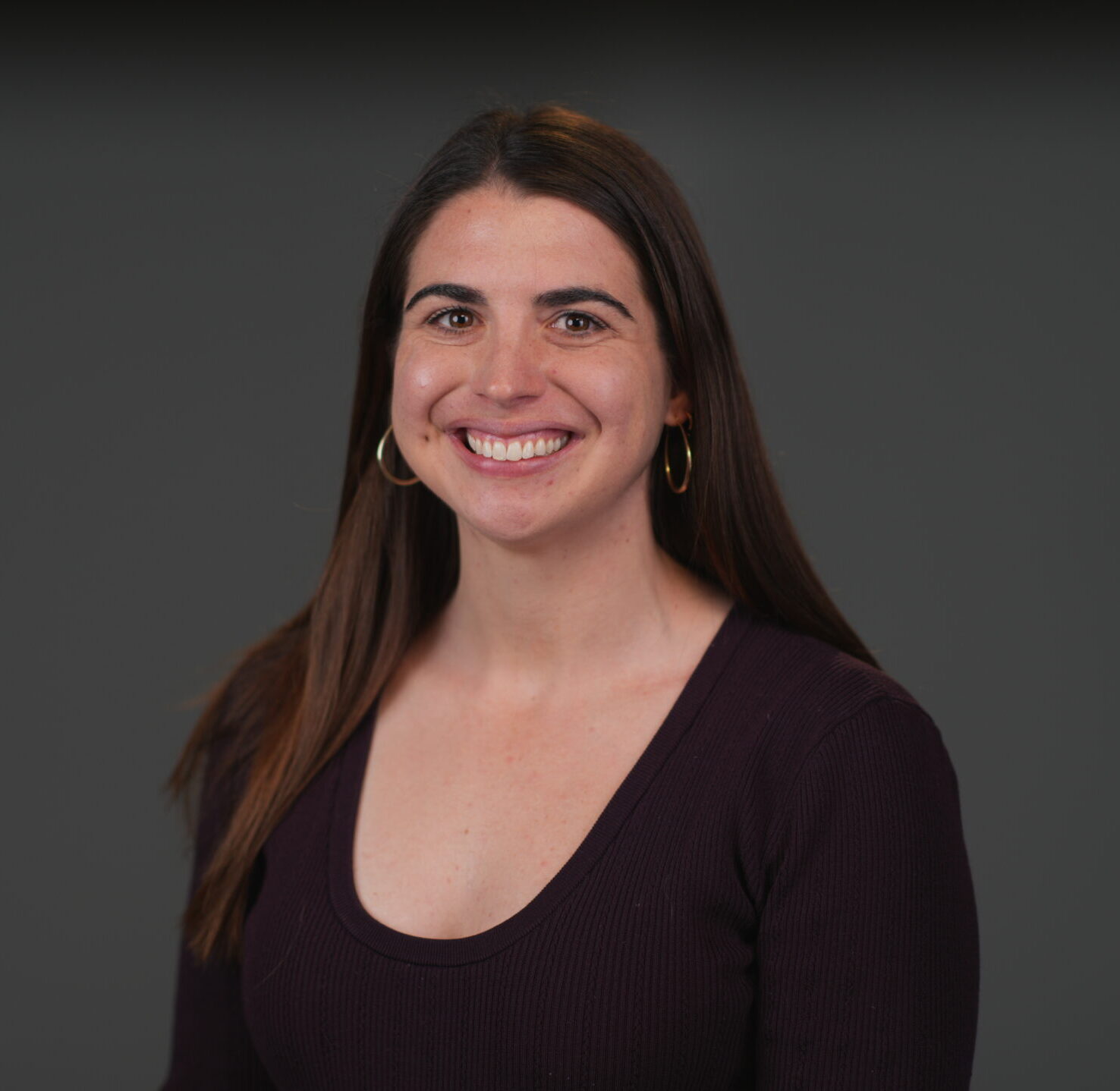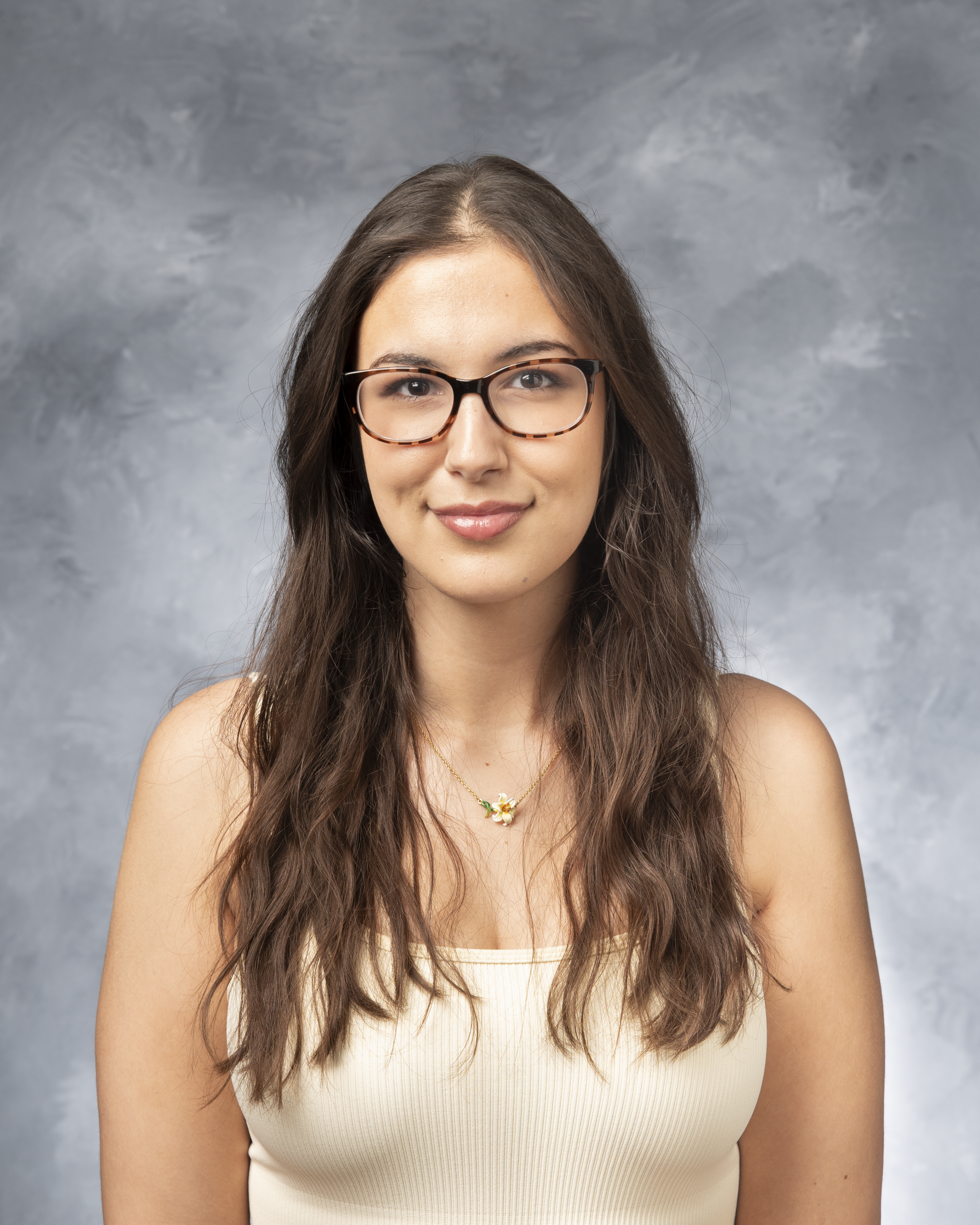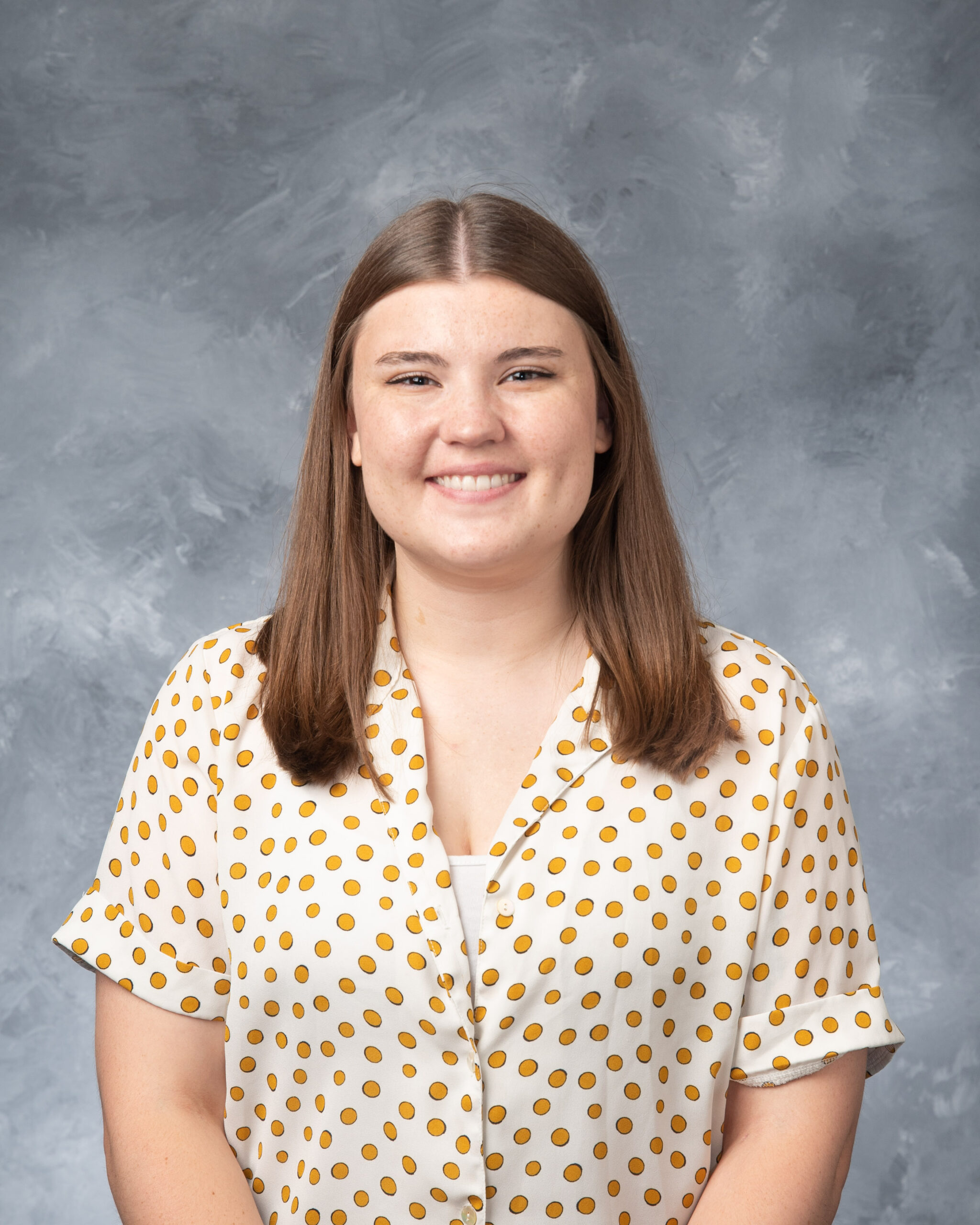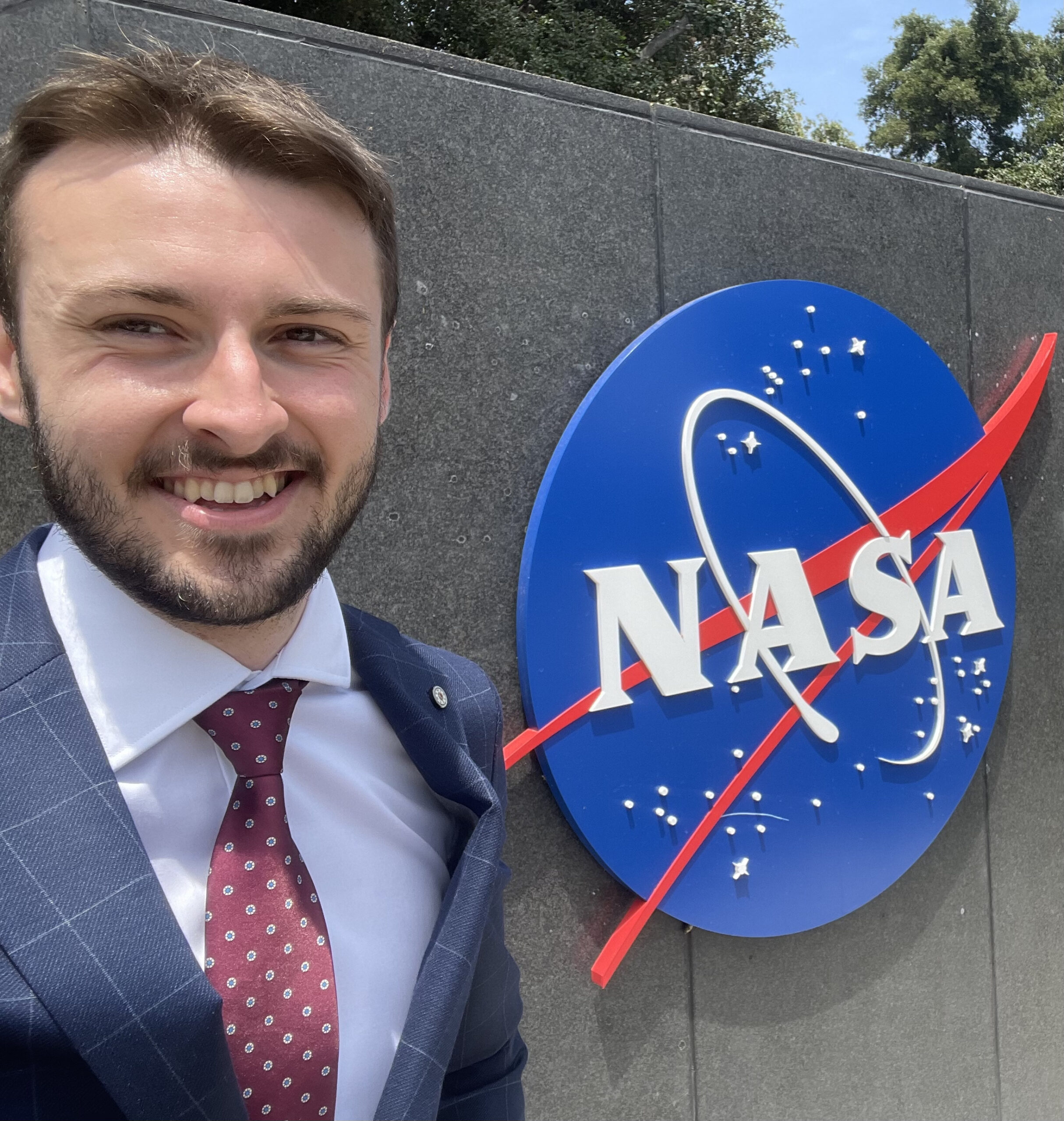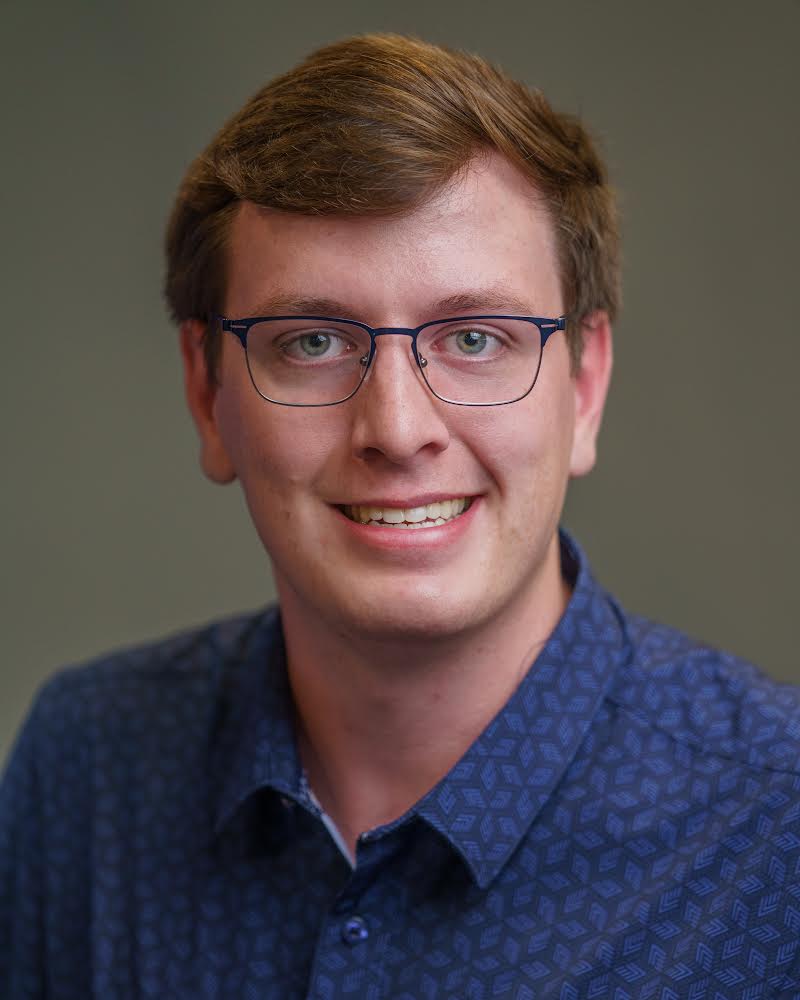I use a combination of novel and published fossil occurrence data to investigate ecological changes in marine paleocommunities during intense ecosystem changes in the Ordovician Period (~487–443 million years ago) of Earth’s history. My work focuses on trilobites, an extinct group of marine arthropods, and how they distributed themselves across different habitat types during the prolonged ecosystem restructuring of the Ordovician Radiation, as well as their response to the more abrupt end-Ordovician mass extinction. The fossil record contains many examples of climate change-induced mass extinction events, but only a few are associated with the transition from an “icehouse” to an “ice-free” world. The end-Ordovician event is one such instance and therefore can provide useful context for the ongoing biodiversity crisis and associated ecosystem changes.
My research has two primary aims. First, I am investigating the reorganization of trilobite communities across depth-related habitat types in response to the climate change-driven end-Ordovician mass extinction, which eliminated over 50% of global trilobite diversity at higher taxonomic levels. Within-habitat (alpha) species diversity remained unaffected by the extinction event, which suggests that a dissimilarity component of diversity may have been altered. I am investigating the between-habitat (beta) diversity response of trilobites to determine if local (alpha) diversity was maintained by reducing taxonomic dissimilarity among habitat types. Additionally, I am examining the habitat associations of taxonomic lineages that survived, and did not survive, the extinction event to assess if habitat preference, or changes to it over time, was linked to extinction likelihood.
Initial results from Laurentia (most of present-day North America) support a decline in between-habitat dissimilarity following the end-Ordovician mass extinction. This mechanism appears to have at least partially maintained local diversities, potentially buffering against wider ecosystem changes in the wake of the extinction. Ongoing research will determine if this reorganization was unique to Laurentia and if the pattern holds up to additional examination.
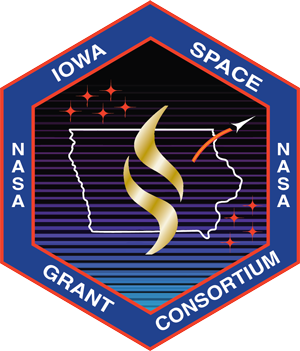
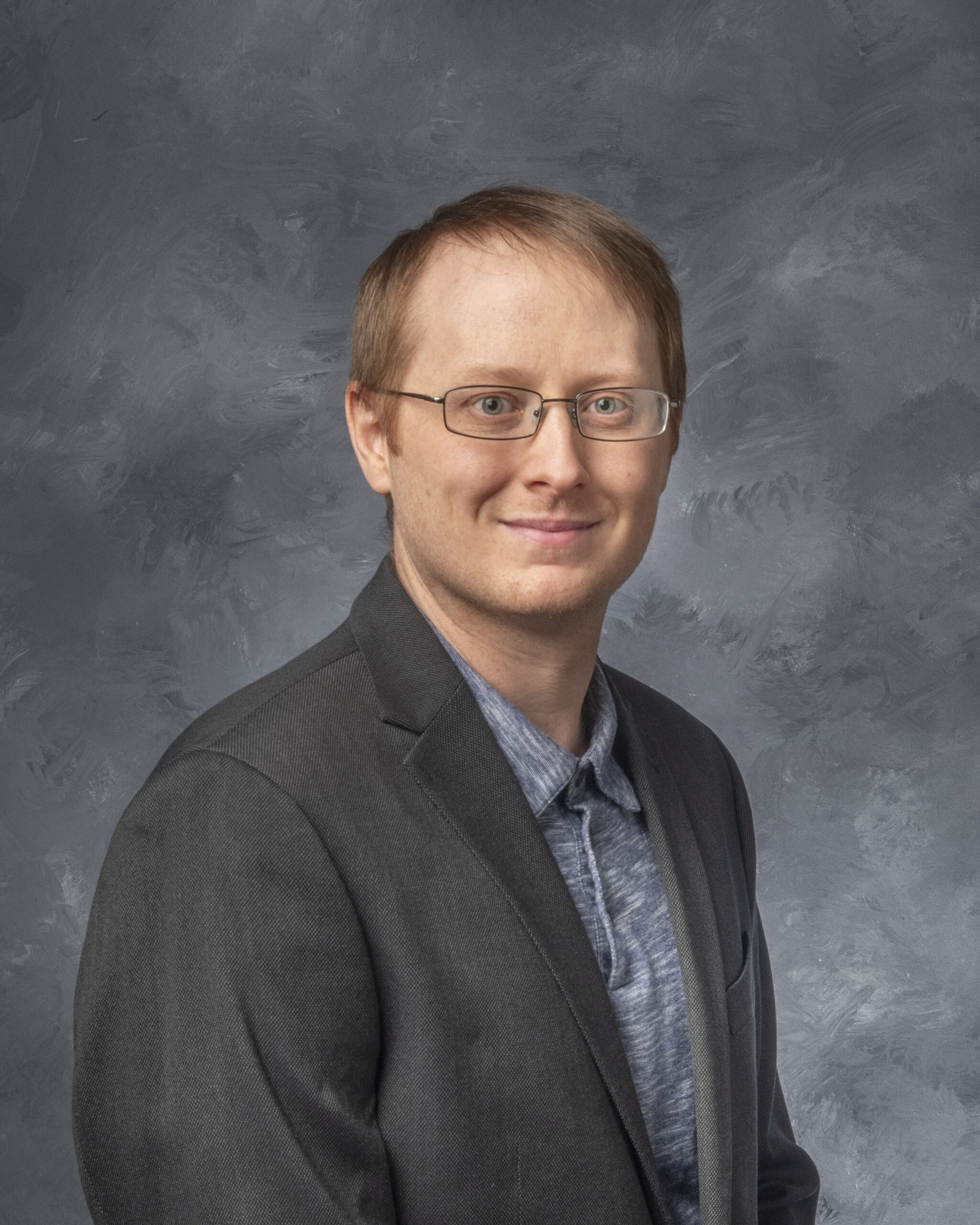
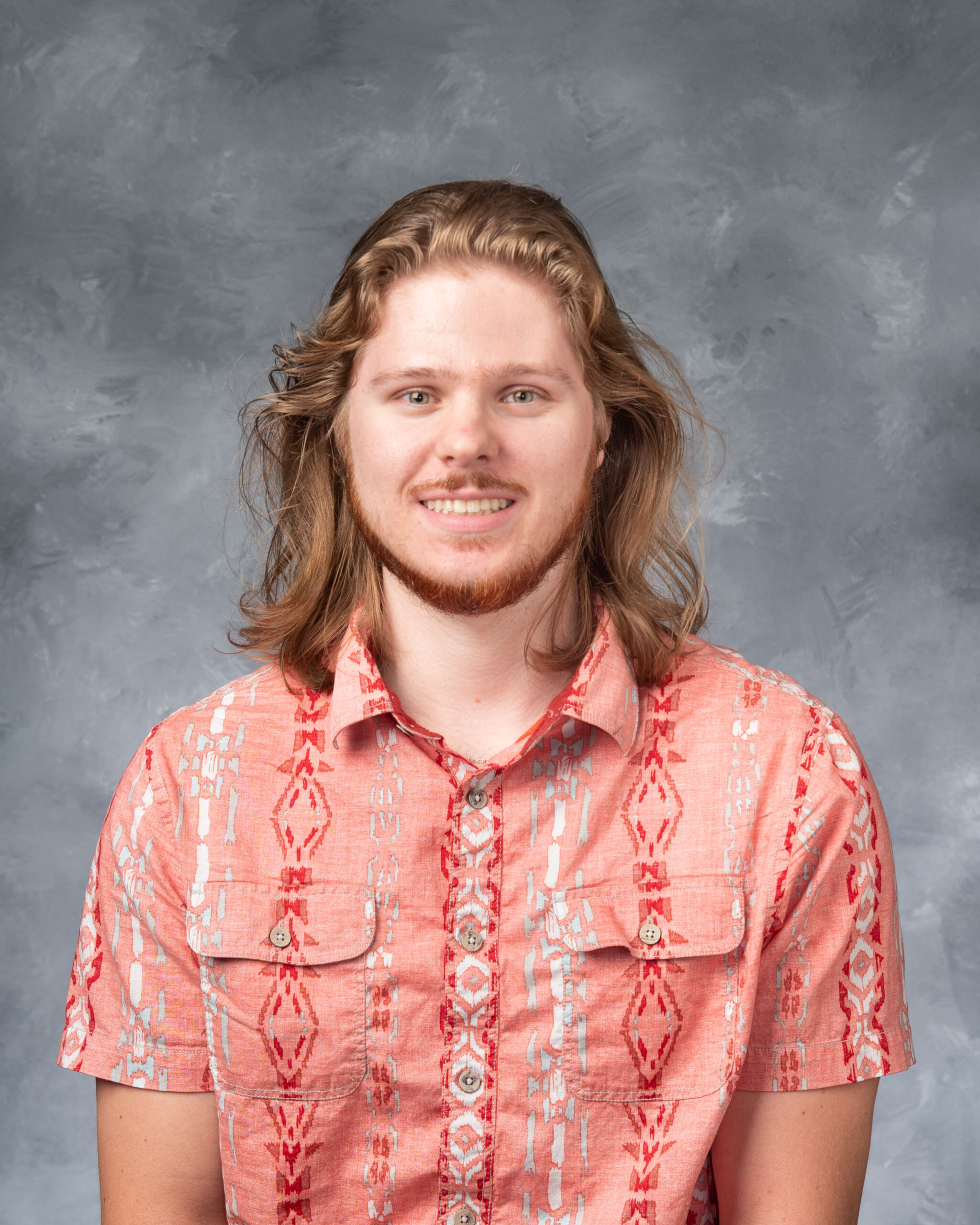
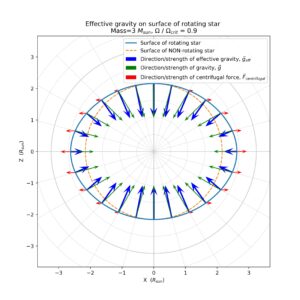 The goal of my project is to investigate whether differential rotation along the surface (meaning that different parts of the surface rotate at different rates) could explain why spectroscopic observations might underestimate the true rotation rate. To test this, I have calculated the shape and rotation rate of a rotating star and used a library of spectral data to simulate the total spectra produced by the star. I have successfully applied this method to a few test cases, such as an ellipsoid-shaped star, and verified that the effects of rotation on the resulting spectra match my expectations. I plan on applying this method to a differentially rotating star to see what effects the differential rotation has on the spectra.
The goal of my project is to investigate whether differential rotation along the surface (meaning that different parts of the surface rotate at different rates) could explain why spectroscopic observations might underestimate the true rotation rate. To test this, I have calculated the shape and rotation rate of a rotating star and used a library of spectral data to simulate the total spectra produced by the star. I have successfully applied this method to a few test cases, such as an ellipsoid-shaped star, and verified that the effects of rotation on the resulting spectra match my expectations. I plan on applying this method to a differentially rotating star to see what effects the differential rotation has on the spectra. 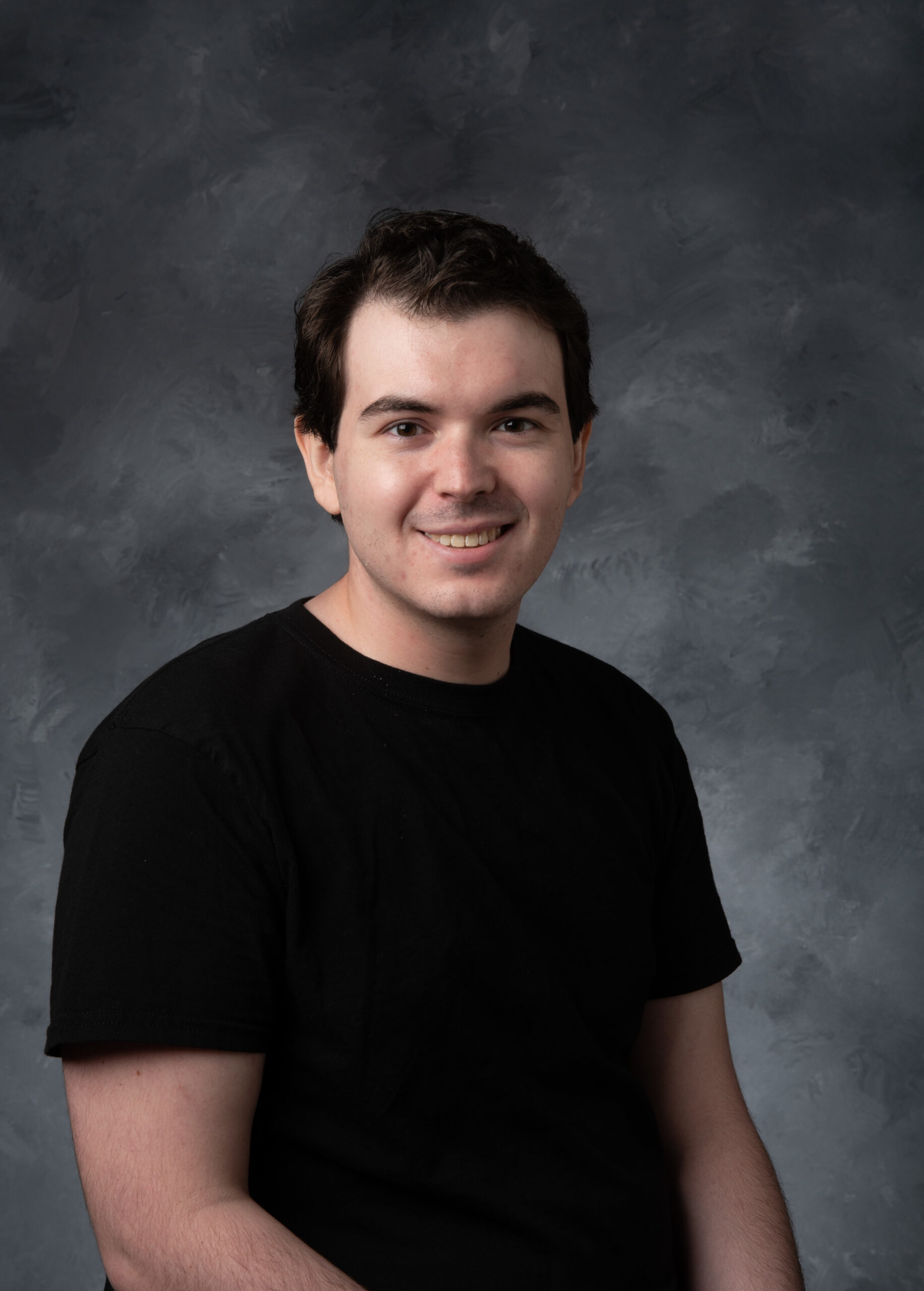
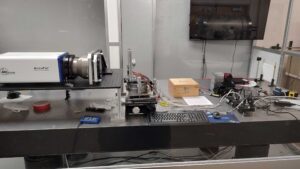 This research project will mature the readiness of adjustable X-ray optics for use in astronomy and X-ray beamlines. This technology will enable the production of thin mirrors without compromising their focusing capability. These mirrors employ a set of discrete, thin-film piezoelectric actuators that when supplied a set of voltages induce a deterministic figure change to the mirror. This can correct for a variety of distortions and improve mirror angular resolution.
This research project will mature the readiness of adjustable X-ray optics for use in astronomy and X-ray beamlines. This technology will enable the production of thin mirrors without compromising their focusing capability. These mirrors employ a set of discrete, thin-film piezoelectric actuators that when supplied a set of voltages induce a deterministic figure change to the mirror. This can correct for a variety of distortions and improve mirror angular resolution. 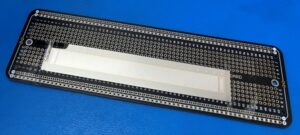 This project will include designing an electronic control system and optical alignment configuration to test adjustable mirrors of different geometries and actuator materials. Interferometry will be used to measure the surface correctability of these mirrors on the scale of nanometers. Different optimization techniques will be explored to understand how to better calculate the voltages necessary to induce figure changes that yields the best angular resolution.
This project will include designing an electronic control system and optical alignment configuration to test adjustable mirrors of different geometries and actuator materials. Interferometry will be used to measure the surface correctability of these mirrors on the scale of nanometers. Different optimization techniques will be explored to understand how to better calculate the voltages necessary to induce figure changes that yields the best angular resolution.